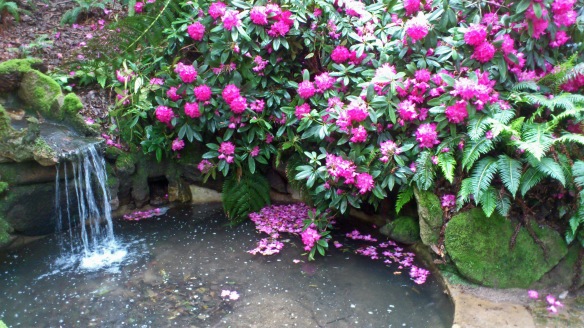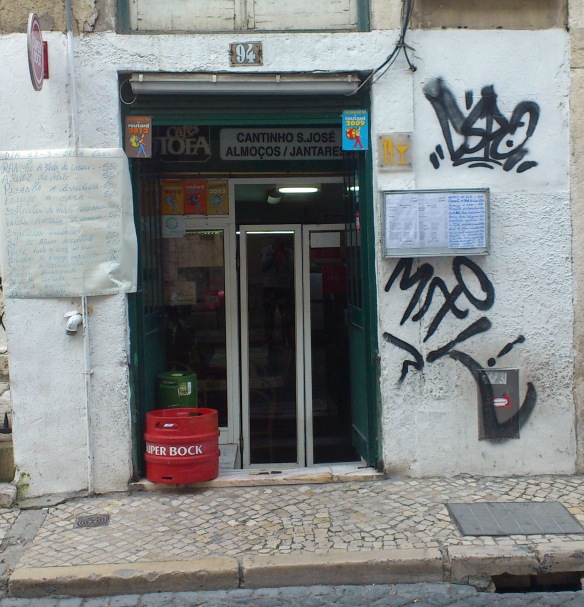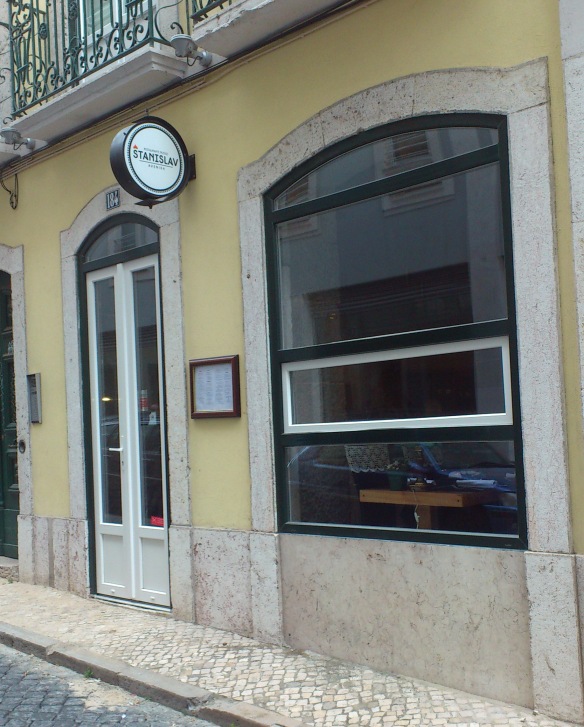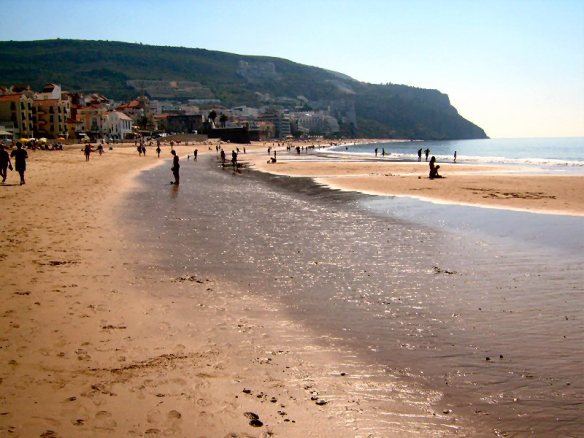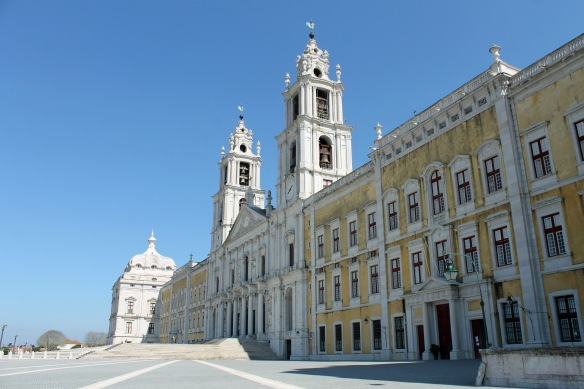 It’s that time again. Time to take off from our beautiful Lisbon for an afternoon and go off the beaten track and head towards Mafra, a municipality in the district of Lisbon, on the west coast of Portugal.
It’s that time again. Time to take off from our beautiful Lisbon for an afternoon and go off the beaten track and head towards Mafra, a municipality in the district of Lisbon, on the west coast of Portugal.
This area has an old history associated with it. The earliest archaeological remnants that were discovered in Mafra date to the early settlement of this region in the Neolithic period. The first agro-pastoral communities began to appear around 7000 B.C. in places like Penedo do Lexim (considered an important point in comprehending the Neolithic and Copper Age Iberian settlements). Mafra is an archaeological marvel and to this date tombstones, altars, tombs, coins, bins, ceramics and glass are still found hailing from the Roman era. These date back to the first and fourth century, including the Roman road connecting Sintra and Peniche, which crosses Mafra.
It is certain that the built-up urban area of Mafra was once a fortified community, with the area of Rua das Tecedeiras being the best example of the walls still being visible. The limits of the castle, which was implanted on the Neolithic settlement, was successively reoccupied until the Iron Age, and taking up the entirety of the old village.
Taken from the moors during the formation of Portugal, it has had varying degrees of importance throughout the history of the country, with the highlight being when King João V of Portugal order the National Palace of Mafra, in a promise made in case of a child being born to his wife, bringing continuity to the line of succession.
The Palace is also a Convent and was built this way to express the faith and to thank God for the fulfilment of the King’s wish. No expenses were spared. The construction employed 52 thousand people and the final project ended up providing shelter to 330 clergymen, and they built a royal palace, one of the most beautiful libraries in Europe, decorated with precious marble, exotic woods and countless works of art. The Palace has two carillons, built in Antwerp and Liège by say of King João V, with a total of 98 bells that weigh over 200 tons and make one of the biggest historical carrilons of the world.
The biggest treasure of Mafra its the library, with beautiful bookshelves and a collection of over 36 thousand books with leatherbound hard covers and gold engraved titles. It’s 88 metres long, 9.5 metres wide and 13 metres high.
The Palace is open all week except Tuesdays from 9am until 5pm and a normal ticket will cost you 6€ per person.
Outside of the Palace and close by exists the Tapada Nacional de Mafra. Created during King João V’s realm as a part of the monarchy’s and his court’s entertainment and leisure after the construction of the Convent, today it stands out as a natural patrimony of unique features with an area of over eight hundred acres where red deers, fallow deers, wild boars, foxes, birds of prey and many other species dwell in a scenery of an unusual rich and diversified flora. Open from 9 am until 7 pm on week days there are several activities you can partake there. Several walking trails, which can be done with or without a guide, although you’d need a group of over 20 people to book the guided tour. Any of this walks will cost you 3,5€ per person. No matter what you decide to do it is always a worthwhile experience as the location is beautiful in its own right.
To get to Mafra:
Take the metro to Campo Grande (Green Line) and get on the Mafrense bus towards Ericeira (be sure to exit at Mafra). The bus ticket will cost about 4,50€ per person. Schedule
These are the main center pieces of Mafra and with reason. Visiting both the Palace and the Tapada will occupy all of your day and you’ll be sure to remember it. Bring your camara, take photos, appreciate the art, the architecture and the nature of it all, and above all else, have fun!
Ah! By the way, we’ll keep your bed waiting for you at The Elevator Hostel – it’ll be a long day!
fm14


